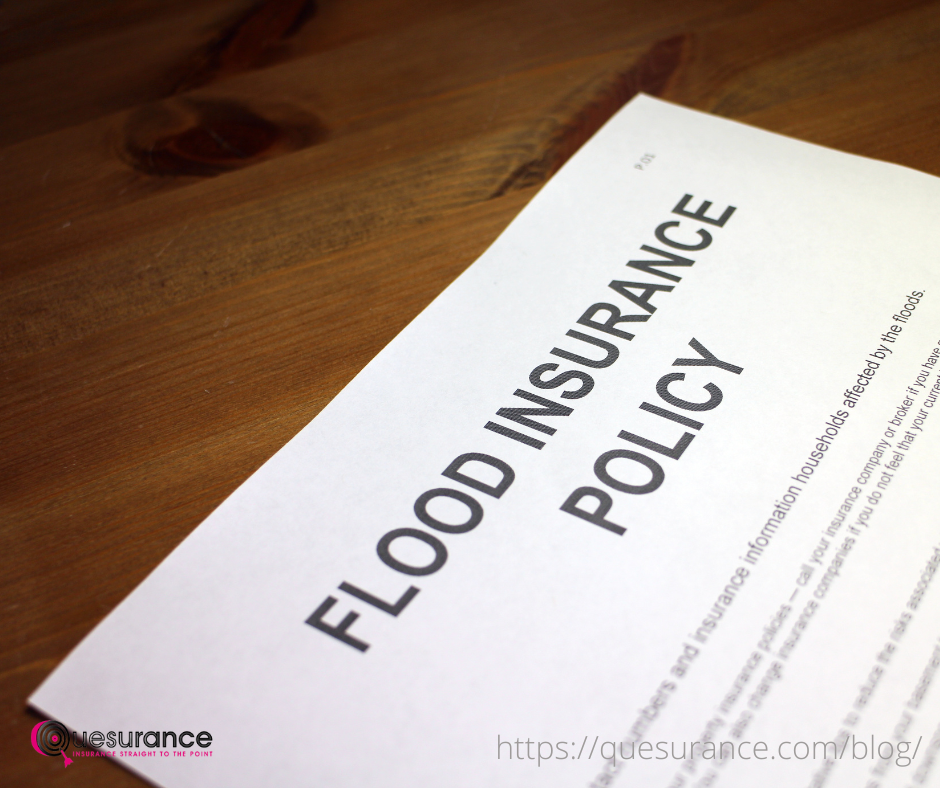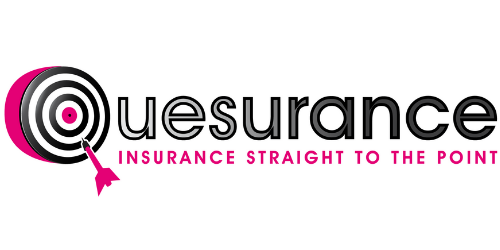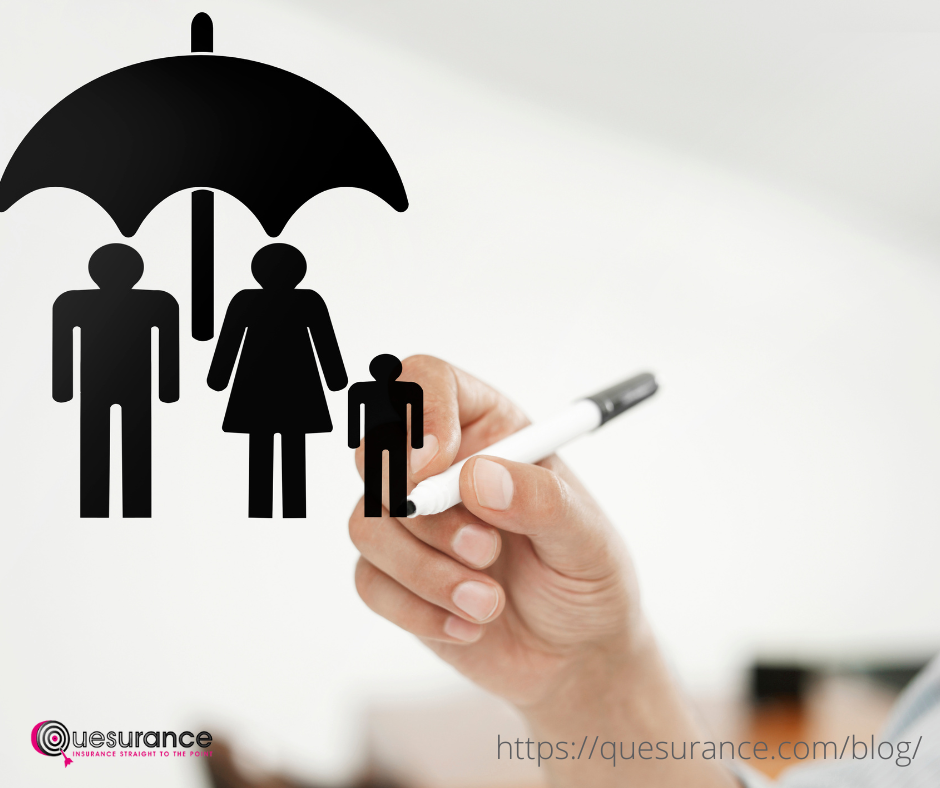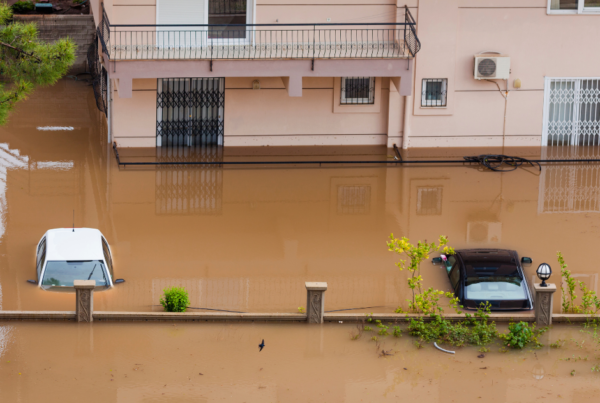
Flood insurance offers financial protection against the cost of replacing or repairing damaged property as a result of rising water levels brought on by either a natural disaster, like a hurricane or tropical storm or by human activity, like inadequate drainage systems or poor maintenance procedures at homes or workplaces.
Flood insurance is a good investment if you live in an area that floods frequently. It can help protect your home and make sure that you don’t lose everything when there is a flood disaster.
How much does this insurance cost?
Flood damage is expensive, and most homeowners’ policies don’t cover it. If you live in an area that floods frequently and has a federally backed mortgage, you are required by law to have flood insurance.
The cost of flood insurance depends on your property’s risk, which is determined by the National Flood Insurance Program (NFIP). The average annual premium for a $250,000 home is about $1,000 per year.
There are two ways to learn more about the cost before submitting an offer on a home or condo in a high-risk location if you’d like not to spend as much money:
- Inquire around at real estate agents’ offices; many of them have access
- Go online and search for “flood insurance quotes.”
According to the Federal Emergency Management Agency (FEMA), just one inch of water can cause up to $25,000 in damage to your home.
According to the Federal Emergency Management Agency (FEMA), just one inch of water can cause up to $25,000 in damage to your home. The agency is responsible for providing flood insurance to homeowners in flood zones. If you live in a flood zone and want to purchase insurance, contact info@quesurance.com at (862) 243-1277 or visit our website for more information about buying coverage.
Will I need flood insurance?
Flood insurance is not required by law. However, if you reside in a high-risk location, getting coverage can be worthwhile. You can find out if your home is at risk for flooding by looking up the National Flood Insurance Program (NFIP) on the Federal Emergency Management Agency’s website or by calling 1-800-621-3362.
Not every homeowner needs flood insurance. In fact, a standard homeowners’ insurance policy doesn’t cover it.
If you’re a homeowner and live in an area that’s prone to flooding, then you’ll need to buy this insurance. But not every homeowner is required to do so. For example, if your home was built before 1992 and has an older mortgage backed by the Federal Housing Administration (FHA), which backs mortgages between 3 and 5 percent below market value on homes with certain characteristics (like being located in high-risk flood zones), then it’s likely that you already have some sort of coverage from your lender protecting against future damage from floods. If this sounds like your case, there’s nothing more than what’s already included in your basic homeowner’s policy—and thus no reason why additional coverage will be necessary!
Is my home in a flood zone?
The National Flood Insurance Program (NFIP) classifies flood zones based on the likelihood of flooding. Each of the NFIP’s nine designations has a different level of risk, with Zone A being the least risky and Zone E being the riskiest.
The NFIP divides America into 13 geographical zones:
- Coastal Zone A – High-risk coastal areas including those along both coasts and islands such as Martha’s Vineyard and Nantucket;
- Coastal Zone B – moderate-risk areas that lie within 10 miles (16 kilometers) of a large body of water such as Long Island Sound or the Chesapeake Bay;
- Lowland/Flood Plain Zones C1 through C3 – Locations where flooding is unlikely but can occur during heavy rains or hurricane events; these are generally in low-lying areas between two rivers or streams
If you live in a high-risk area (also known as a Special Flood Hazard Area or SFHA) and have a federally backed mortgage, you are required by law to have flood insurance.
If you live in a high-risk area (also known as a Special Flood Hazard Area or SFHA) and have a federally backed mortgage, you are required by law to have this insurance. If you don’t have this insurance, your lender may refuse to issue a federally backed mortgage on your property.
If you’re not sure if your home is located in one of these areas, contact the Federal Emergency Management Agency’s National Flood Insurance Program at 800-621-3362 or visit its website at www.floodsmart.gov/floods/what_is_a_special_flood_hazard_area/.
You can dig into the details of how flood insurance works and what policies are available.
The NFIP is a federal program that helps protect people and their property from flood damage. The NFIP is the only flood insurance program available to the public, and it was created by Congress in 1968 as part of President Lyndon Johnson’s Great Society initiative.
The NFIP provides coverage for homeowners, renters, commercial properties, and other structures that are located in areas prone to flooding—including those on stream banks or within 100 feet of them (soil-covered slopes). It also covers damage caused by any kind of storm surge (such as hurricanes), including tidal waves caused by tsunamis or tidal surges.
The maximum amount you can spend on your policy depends on how much property coverage you have: If it’s less than $100K annually per structure covered under the National Flood Insurance Program (NFIP), then there will be no limit. However, if you have more than $100K annually per structure covered under the National Flood Insurance Program (NFIP), there will be limits of $500/year for homes until age 65 when they reach their maximum coverage limit ($1M total after 20 years).
To learn more about how much insurance costs, visit our website at https://quesuranceflood.com/ where we explain how flood insurance works and what policies are available so you can get the right coverage without breaking your bank account!




